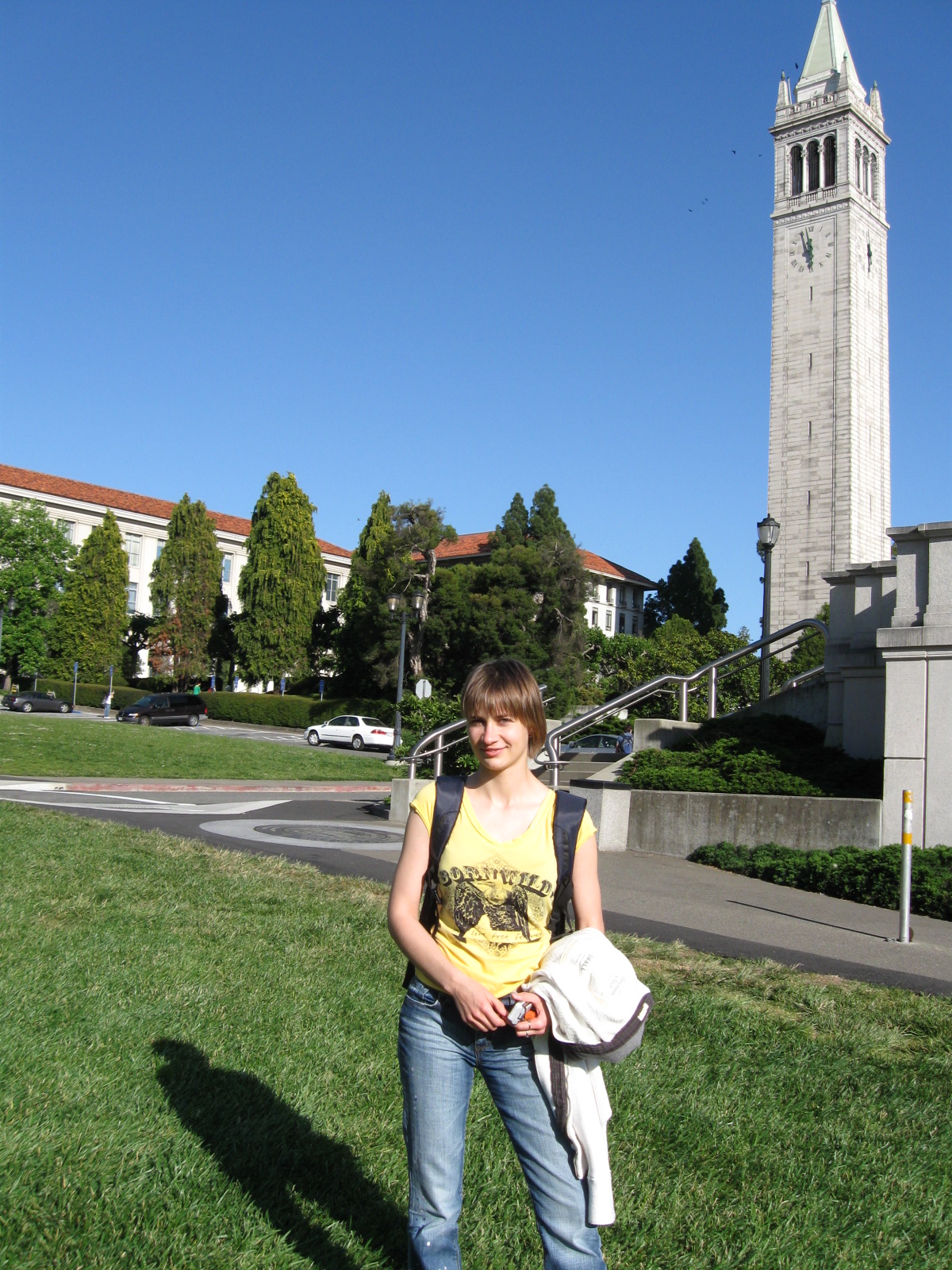Team:Berkeley Software/NinaNotebook
From 2009.igem.org
Contents |
Nina 2 June 2009
Today is the second day of iGEM. Yesterday I spent time looking at java tutorials.
New Tasks Given are to look at tutorials for wiki that will be working or not -- media wiki embedded html for complicated stuff keep clean, so no need to clean up later think of a plug-in 1 wiki entry per week
Nina 3 June 2009
My 1st official entry
I am a member of computational team, majoring in bioengineering in fall 2009.
On Monday my team met, and everyone got acquainted with each other. We are still missing one member Lesie, who will join the team on Monday. After meeting with members of computational team, everyone went for a lab safety training and lunch social, where we met other members and leaders including the participants of the wet lab. Instructors were surprised with the size of this year's iGEM team.
Even though, we started working only on Monday, today is Wednesday, and everyone is overwhelmed with tasks and information. I think that we will adjust very soon and will produce effective results.
We got acquainted with Clotho, NetBeans, some Clotho code and CVS already.
- This week short-term goals:
- search for bugs in Clotho
- edit Notebook
- modify .html help files
- MainToolBar
- MySQLlogin
- Longer short-term goals:
- proof-read and become familiar with the rough draft of paper for assembly of biological parts(implementation of dynamic programming - hash tables in Java - and determining the minimum cost for assembly)
- together with Bing, meet with Chris Anderson and Jenn and learn how the robot works in the wet lab + their protocols (.csv file)
- Long term goal for the 1st part of iGEM:
- Robot/Automation project (brief structure):
- select parts (basic and compound)
- do it through Part Manager - 1 click
- put in Algorithm Manager
- run Assembly Algorithm w/Algorithm Manager Plug-in => record wells and physical locations of the each part
- create 2 protocols (.csv)
- human
- robot
- both protocols should take into account actions that user should perform (grab samples from freezer with appropriate bar code - talk to wet lab members); the way dilution will be performed; the way plates will be managed before the complete assembly takes place (Plate Manager)
- select parts (basic and compound)
--NinaRevko 23:05, 3 June 2009 (UTC)
Nina 5 June 2009
After meeting with J.Christopher Anderson... The questions raised:
- how to delete theoretical parts from the database (with no associated physical part?
- requirements that will be tried to be implemented with the following assumptions:
- start with a single plate where the basic parts are located - are all in 1 plate put there by user
- cell stocks are not taken into account initially
- bring parts in/out - allow for flexibility and playing around with parts
- export assembly tree into a .csv file for robot with taking into account of "left-y", "right-y" and different antibiotics compatibility (AC, CA, AK, KA, CK, KC) - "lefty"/"righty" are currently not specified in db
- after the robot is done and parts were made, display what parts were successful -- allow for user's input (in form of a tree?!)
Nina 10 June 2009
Yesterday I made my first sample plugin. It was not difficult, but took some time to debug and find out what did not work. The plugIn file name should be "plugin.xml" and it is very important to preserve that format. Yesterday I had another meeting with wet lab representatives discussing the robot protocol. Also I had a chance to take a look at the AssemblyAutomationPlugin on which I will be working in the nearest future. Today Jenn from the wet lab sent the protocol they are using for the robot and I am going through analyzing it right now. Some notes:
- min volume for robot - 3ul
- max volume for a single 96well plate - 200 ul
- max volume for pippetting/mixing for robot???
- digest cocktail and lysis mix cannot be done by hand (from Bing)
- stock plate (96 well with mini preps)
- bigStock plate with H2O, buffer, lysis mix, digest cocktail
- dilution plate
- reaction plate
Looking at protocol, there should be several blocks done:
- running the SDS assembly algorithm, determine the amount of every basic part needed for the building of the final goal part(? what to do about the extra volume of the required reagents? multiply the volume by which factor assuming that some stages need to be re-tried?)
- ?should we take into account the amount of the stock and prep sep one for each STAGE?
- done by user at the present time: making basic parts and miniprep (?put in DB); put in 96 well plate at this time
- dilution block (Input--the wells and plate locations of the miniprep and basic parts - if they are in stock plate as specified by the protocol after SDS algo, locations are known); check if the user messed up the plate; the plate with NEB2 Buffer (bigStock)
- ---function to pippet the same reagent in many wells
- ---function to transfer one miniprep from STAGE1 plate into STAGE# plate
- Digest block: (Input--the destination wells from the dilution block & stock of digest cocktail; output - destination wells)
- Ligation block...
--NinaRevko 21:30, 10 June 2009 (UTC)
 "
"
